First Definitive U.S. Flag Stamp
On January 9, 1963, the US Post Office issued its first definitive stamp to feature the US flag as its main subject, flying over the White House. This began a long-running tradition of “flag over…” stamps.
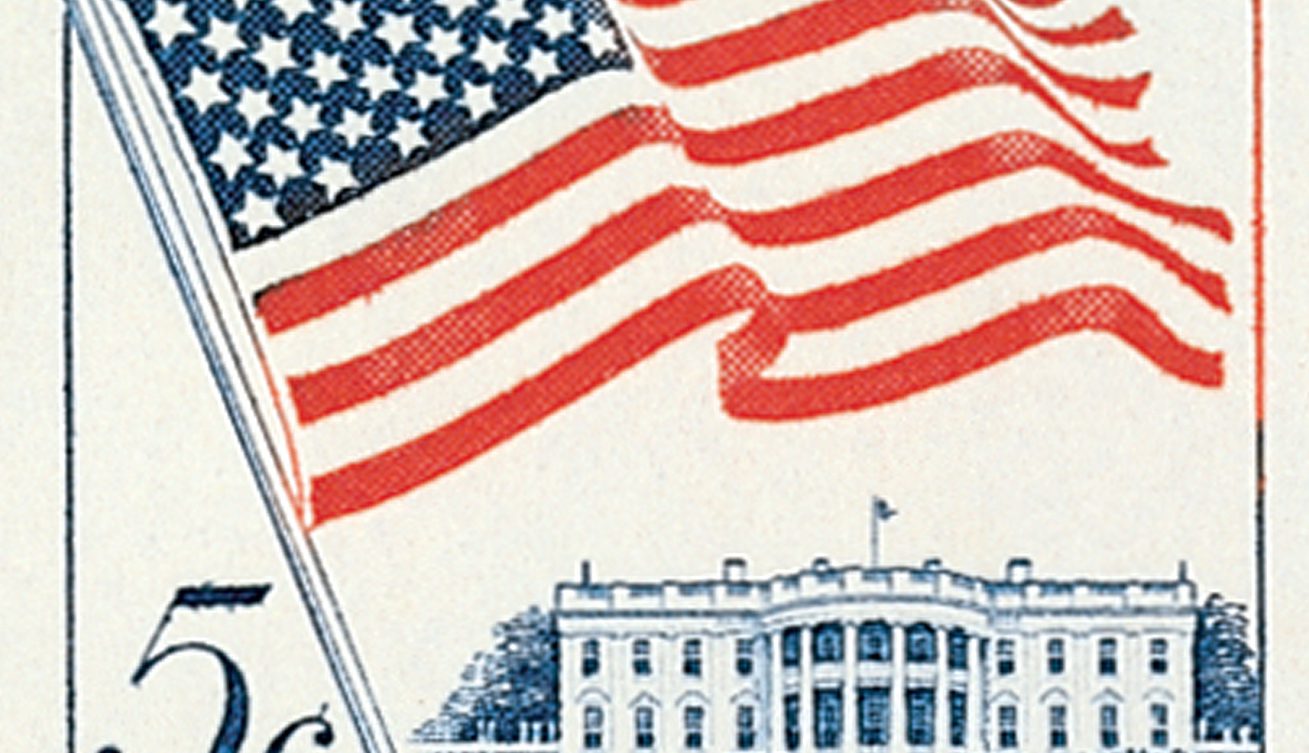
On January 9, 1963, the US Post Office issued its first definitive stamp to feature the US flag as its main subject, flying over the White House. This began a long-running tradition of “flag over…” stamps.

William Thomas Piper was born on January 8, 1881, in Knapp Creek, New York. He developed the popular and inexpensive Piper Cub and became known as the “Henry Ford of Aviation.”

Novelist and folklorist Zora Neale Hurston was born on January 7, 1891, in Notasulga, Alabama. She was a prolific writer, credited with accurately documenting the lives of everyday working black families in the Deep South during the Depression.
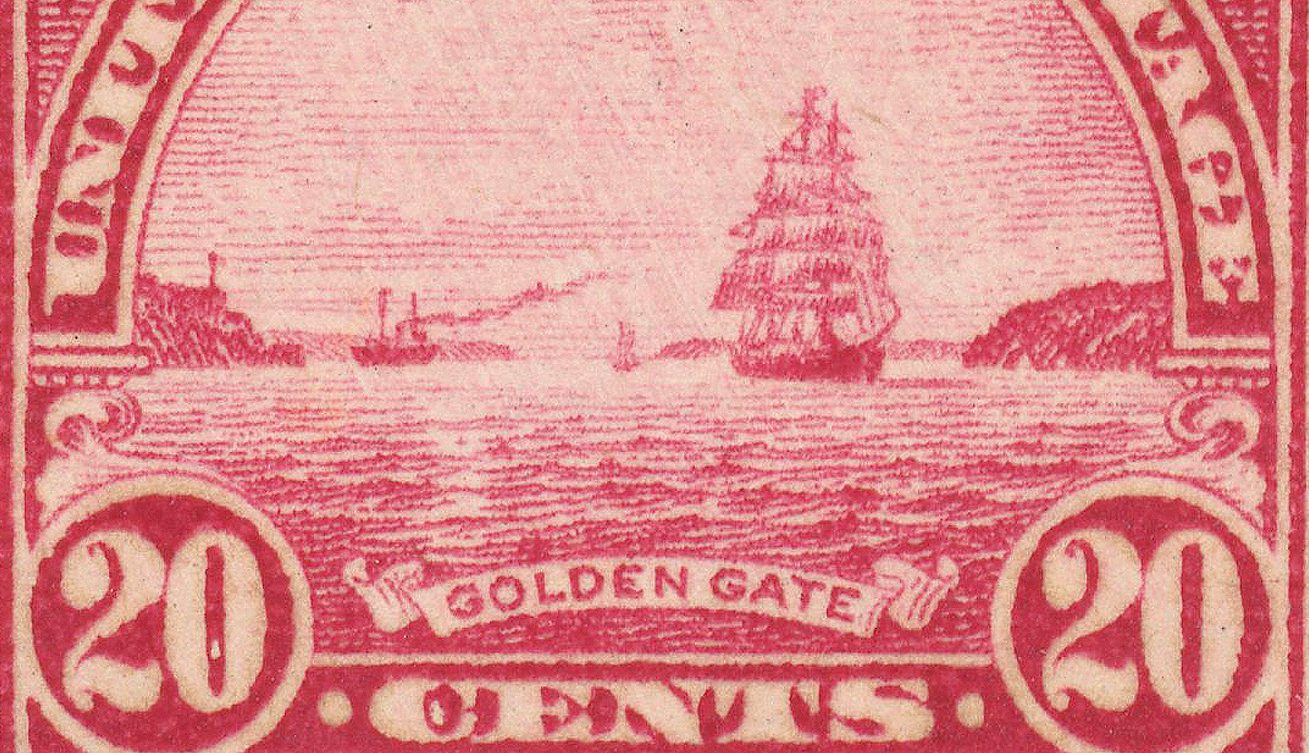
On January 5, 1933, the four-year construction of the Golden Gate Bridge began in San Francisco Bay. It was the longest suspension bridge in the world at the time and has been called a “Wonder of the World” structure.
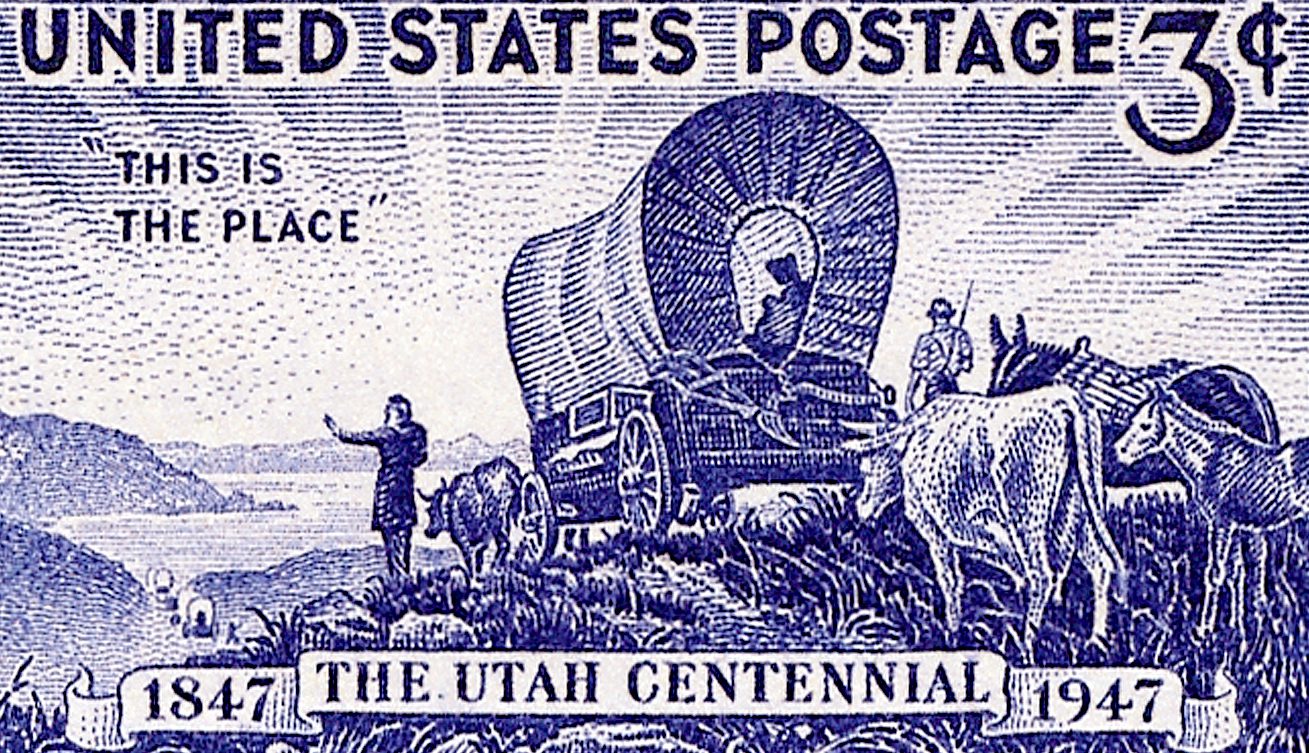
On January 4, 1896, Utah became a US state. Statehood was finally achieved after several attempts over more than 45 years.

On January 3, 1911, America issued its first Postal Savings stamps. The Postal Savings System was established to serve small investors living in rural communities. Under the program, lower- and middle-income individuals were able to deposit funds at their local post office.
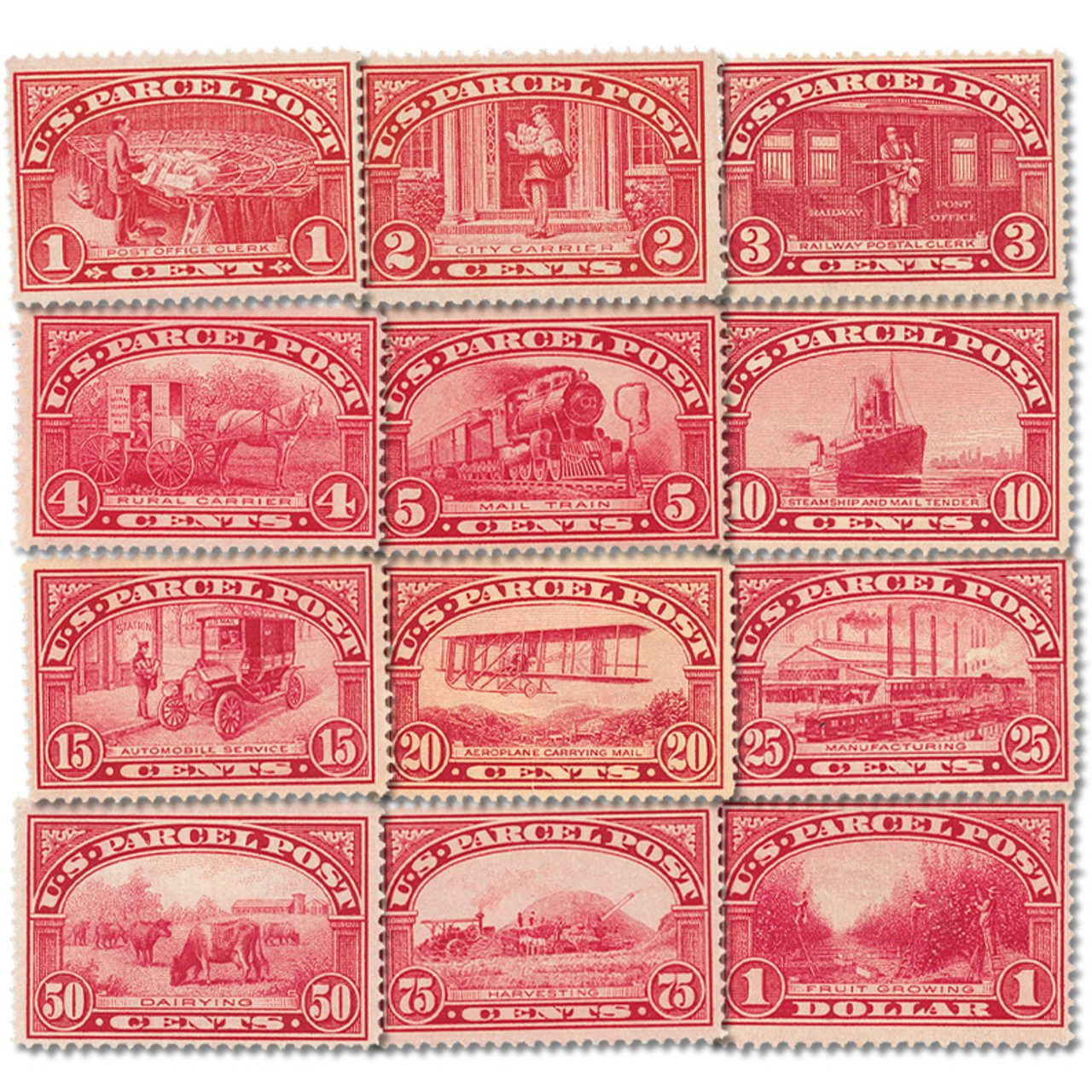
On January 1, 1913, the US Post Office Department initiated its Parcel Post Service for fourth-class mail. The stamps were short-lived but have long been praised for their detail and fine engraving.
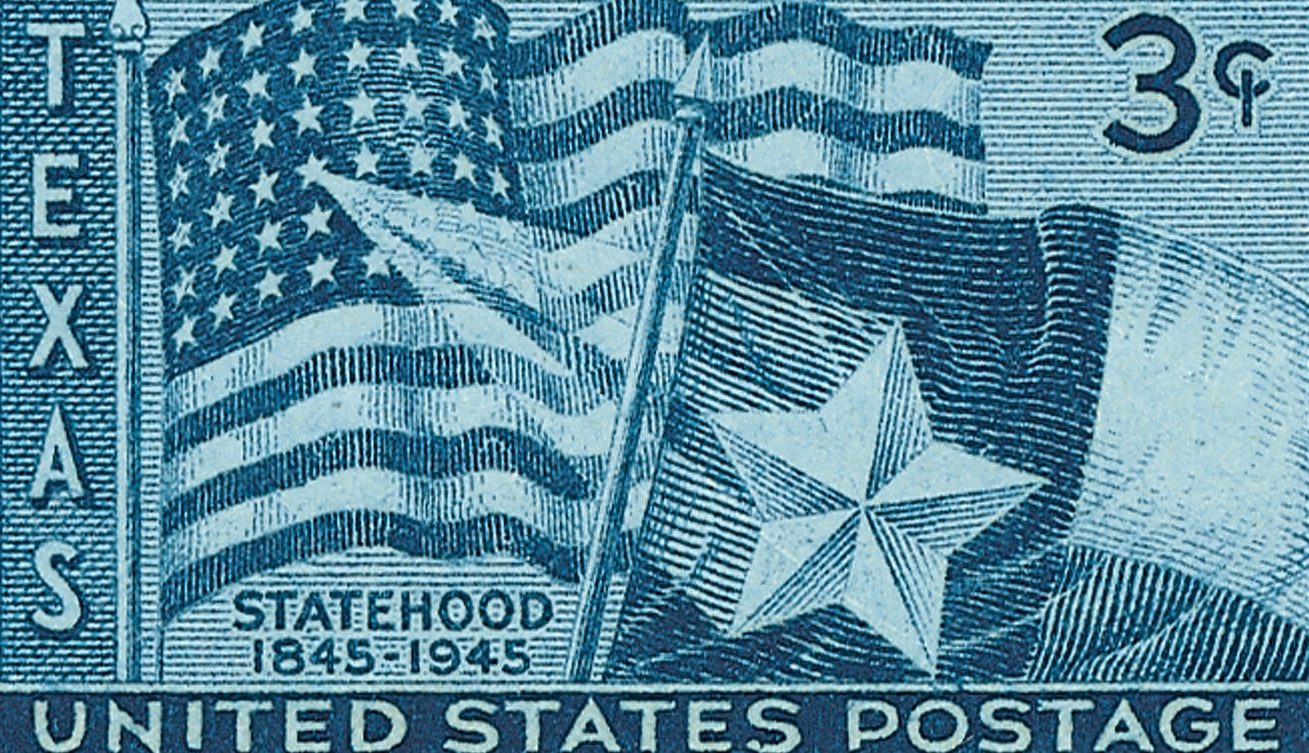
On December 29, 1845, Texas was admitted as America’s 28th state. Texas joined the US after 10 years as an independent republic.

On December 26, 1966, Maulana Karenga celebrated the first Kwanzaa. With its fusion of ancient African practices and African-American ideals and aspirations, Kwanzaa is a non-denominational celebration.